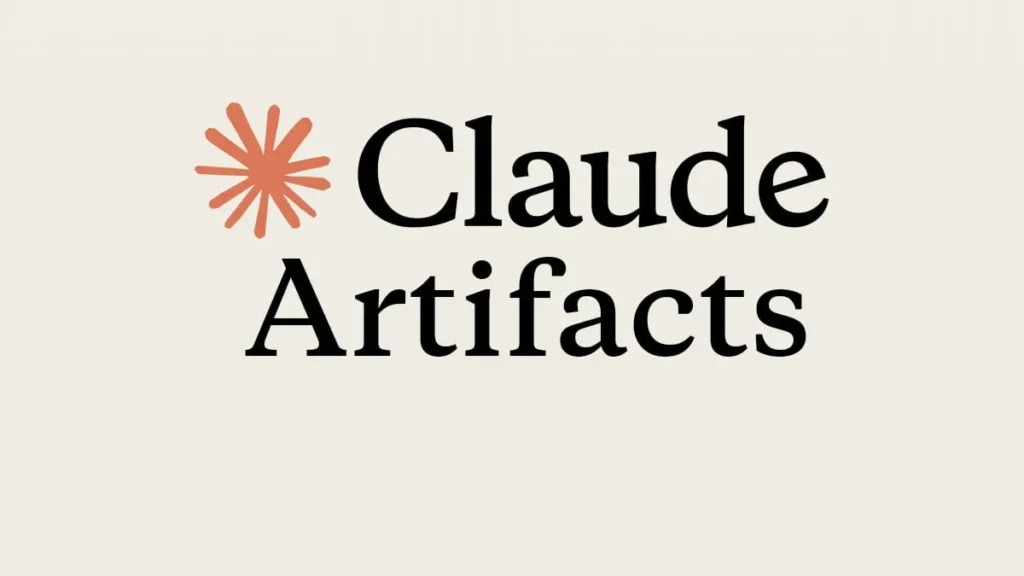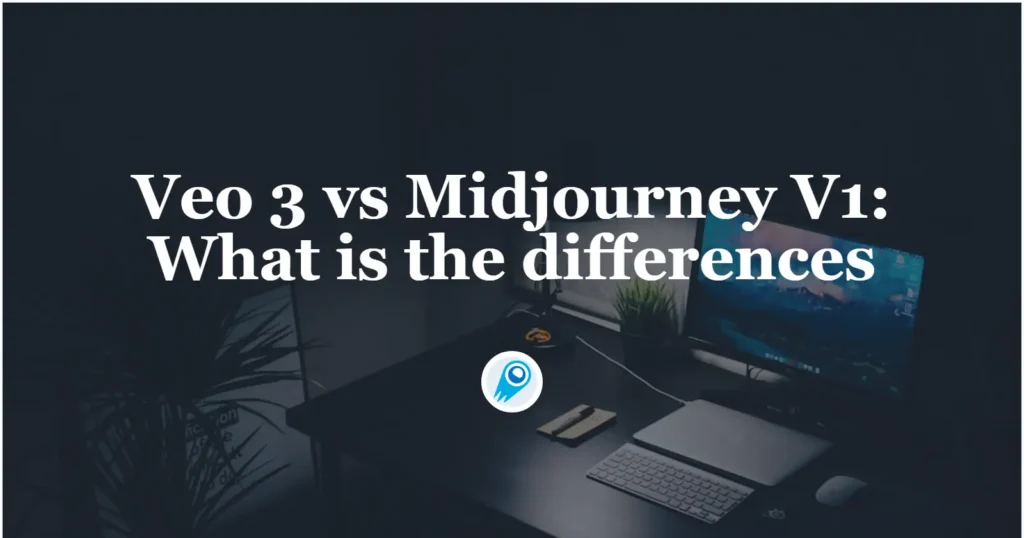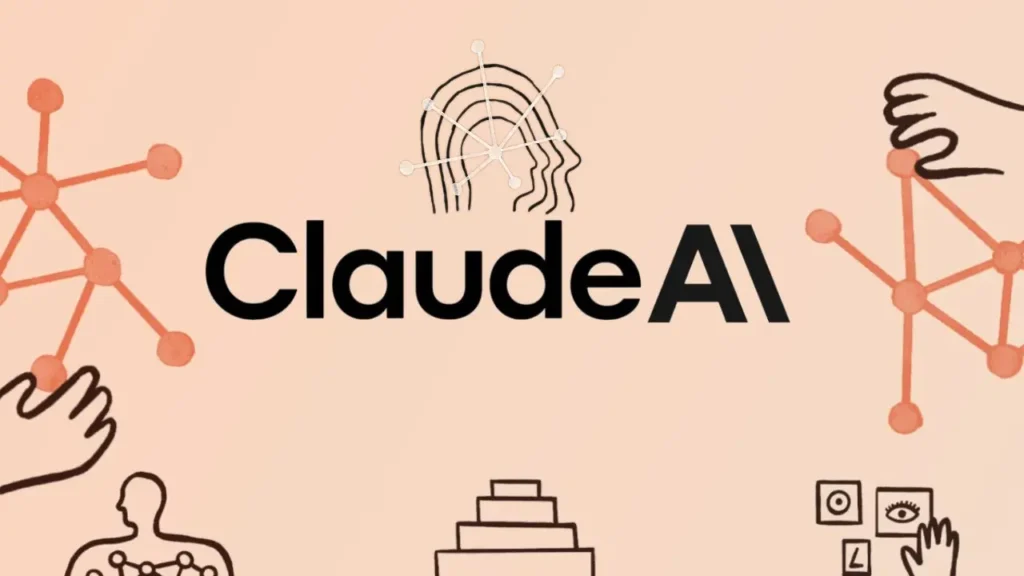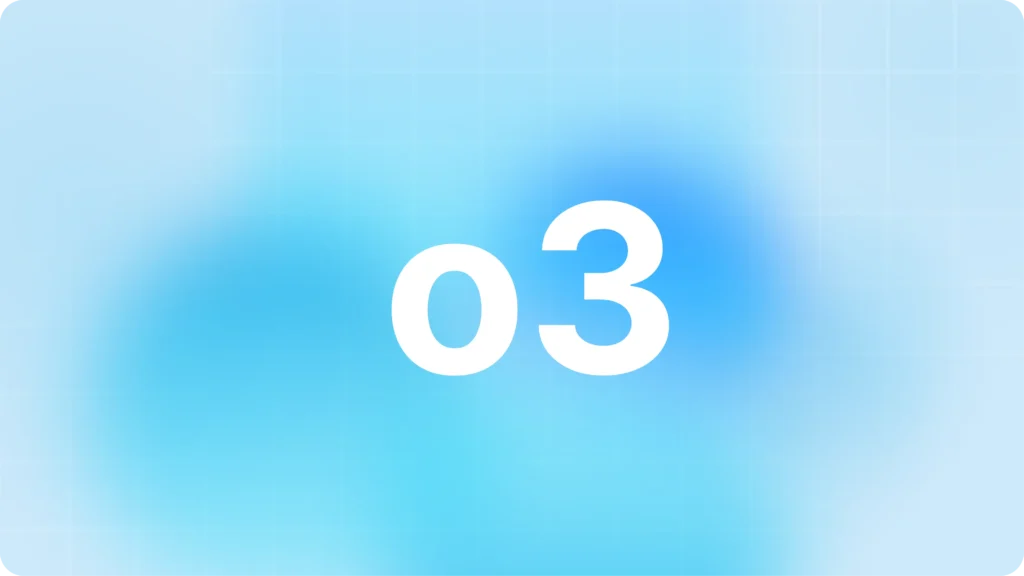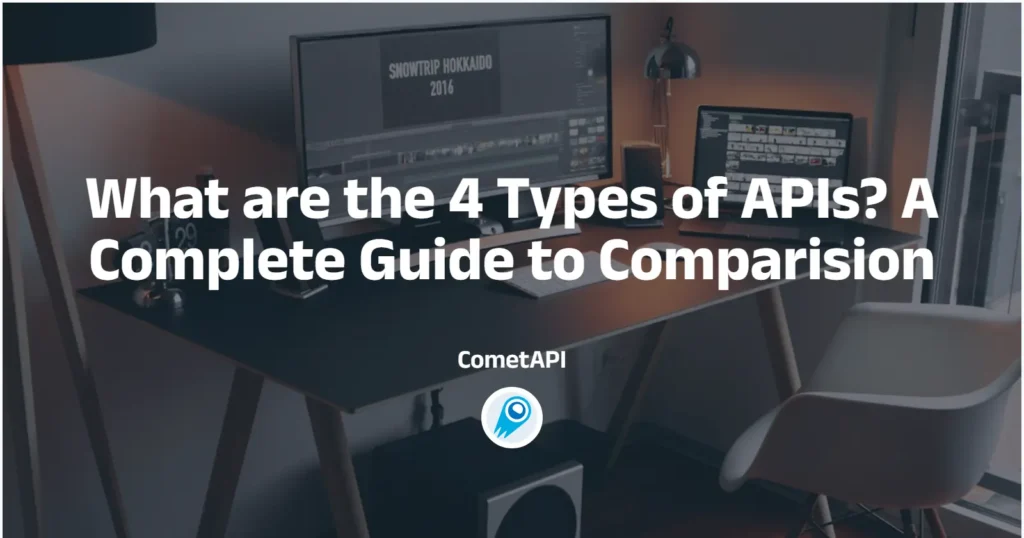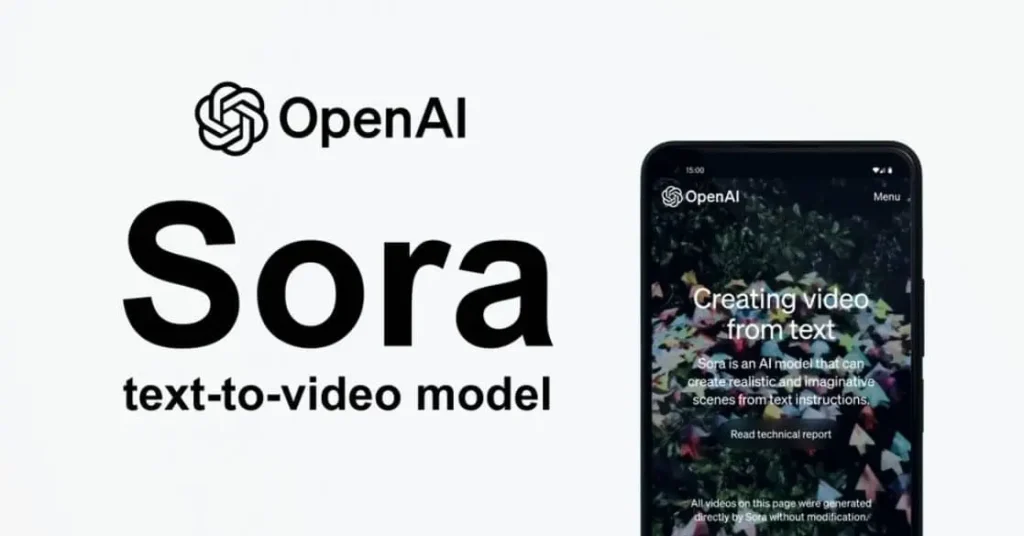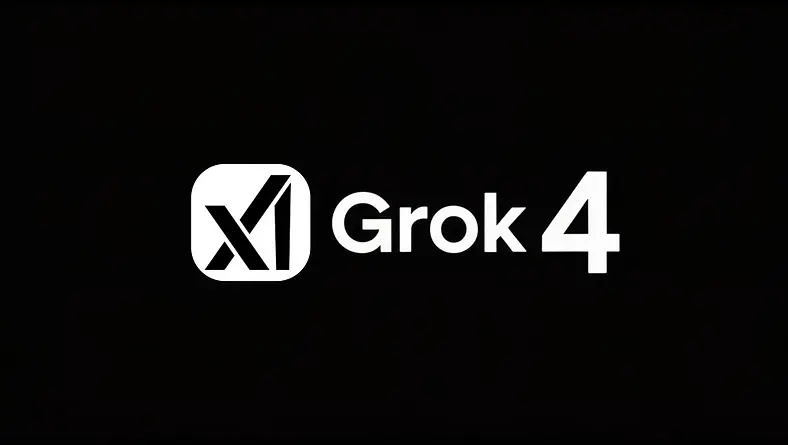Claude Artifacts is Anthropic’s game‑changing feature that transforms your interactions with AI from simple chats into fully fledged, interactive tools—no coding required. Originally launched in August 2024, Artifacts provides a dedicated “workspace” alongside the main conversation, where outputs like documents, code snippets, and mini‑apps appear as self‑contained objects you can save, edit, and share . […]
Veo 3 vs Midjourney V1: What is the differences and how to Choose
Artificial intelligence is transforming video production, and two of the most talked-about entrants in this space are Google’s Veo 3 and Midjourney’s Video Model V1. Both promise to turn simple prompts or still images into engaging motion clips, but they take fundamentally different approaches. In this article, we’ll explore their capabilities, workflows, pricing, and suitability for various […]
How to get Claude Free APIs? 3 Ways!
In the rapidly evolving landscape of artificial intelligence, Anthropic’s Claude API has emerged as a compelling alternative for developers and enterprises seeking powerful, safety‑focused language models. With the release of Claude Opus 4 and Sonnet 4, along with innovative features like Artifacts, prompt caching, and no‑code app creation directly within the chat interface, the barriers to entry […]
Can openAI o3 be able to Write Good College Essays
As academic institutions grapple with the implications of AI-assisted writing, it is crucial to examine whether o3 can indeed craft essays that not only meet but potentially exceed the rigorous demands of higher education.
What are the 4 Types of APIs? A Complete Guide to Comparision
In today’s rapidly evolving digital landscape, Application Programming Interfaces (APIs) serve as the connective tissue between disparate software systems, enabling data exchange, functionality sharing, and accelerated innovation. As organizations strive to build scalable, secure, and efficient architectures, understanding the distinct categories of APIs becomes essential. This article explores the four primary types of APIs—Public (Open) […]
Can I Sell Sora Videos? An In-depth Analysis
Sora, OpenAI’s flagship text-to-video model, has sparked both excitement and controversy since its public release. As creators explore the boundaries of what can be produced, a pressing question emerges: Can I legally sell videos generated using Sora? What is Sora and how does it work? Sora is a generative AI tool integrated into the ChatGPT […]
xAI’s Grok 4 is Coming! Everything You Should Know
xAI CEO Elon Musk has confirmed that Grok 4, the next-generation AI chatbot, will debut shortly after July 7, 2025, pending one final “big run” for its specialized coding component. This announcement underscores xAI’s strategy of leapfrogging intermediate versions—skipping Grok 3.5—to deliver a more substantial upgrade in one go. What is Grok 4? Grok 4 is the latest flagship AI model from […]
What ChatGPT Model Can Purchase Things for You
OpenAI’s ChatGPT has taken a significant step beyond pure conversation by enabling users to shop and purchase products directly through its interface. In late April 2025, OpenAI introduced ad‑free “conversational shopping” features that allow users to receive personalized product recommendations and initiate transactions with minimal friction. Central to this capability is the underlying ChatGPT model—GPT‑4o—which, […]
Is Luma AI Free? Luma AI Pricing Plans Details
Luma AI has rapidly emerged as a leading force in AI-driven image and video generation, capturing the imagination of content creators and enterprises alike. With its flagship product, Dream Machine, Luma AI delivers unparalleled ease-of-use by turning simple text prompts into polished 10‑second video clips, harnessing sophisticated multimodal models like Ray2 for lifelike motion and […]
Can I Run Stable Diffusion Without a GPU
Stable Diffusion has revolutionized the field of generative AI, making high-quality text-to-image synthesis accessible to a wide range of users. Traditionally, running Stable Diffusion locally has required a discrete graphics processing unit (GPU) due to the model’s heavy computational demands. However, recent developments in software toolkits, hardware architectures, and community-driven optimizations have begun to shift […]

